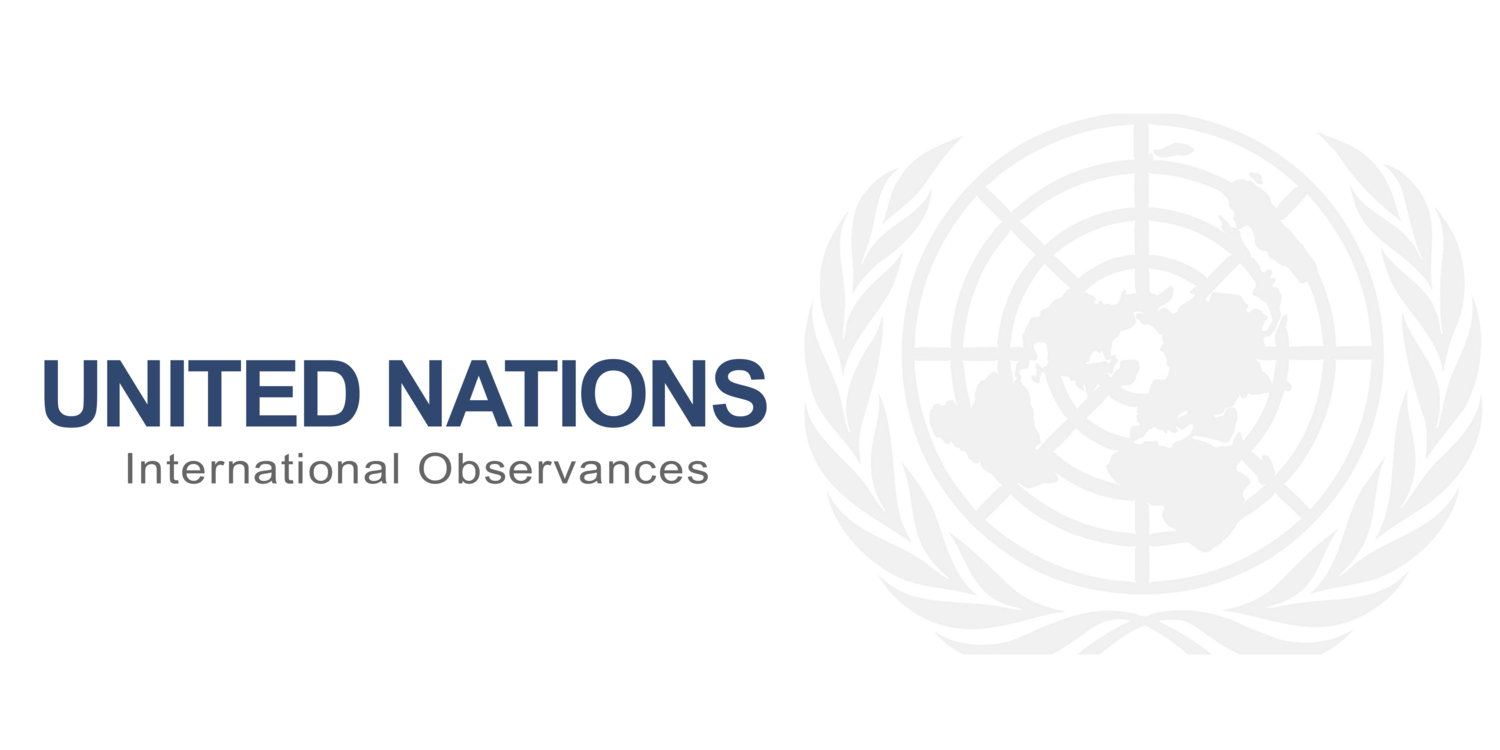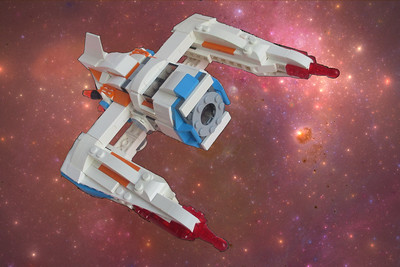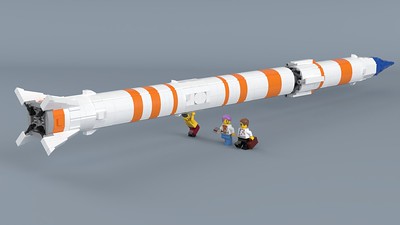PURPOSE: The United Nations General Assembly resolution A/RES/65/271 established April 12th as International Day of Human Space Flight to celebrate the beginning of the space era for mankind, to reaffirm the important contribution of space science and technology in achieving sustainable development goals and increasing the well-being of States and peoples, as well as ensuring the realization of their aspiration to maintain outer space for peaceful purposes.
FORUM: “Celebrating the first Human Space flight.” International Day of Human Space Flight 2025. Yuri Gagarin became the 1st human to orbit the Earth. He visited the UN with fellow astronaut Valentina Tereshkova after she became the 1st woman in space. The mission of the Federal Space Agency (Roscosmos) is to implement government policy and legal regulation, to provide government services and to manage state property in the field of space exploration, international space cooperation and joint projects and programmes in space, space research, missile and space technology for military purposes, strategic missile systems, coordination of the maintenance, further development and use of the Global Navigation Satellite System (GLONASS) in the interests of civilian consumers, including commercial consumers, and international cooperation in this sphere, as well as the general coordination and management of the activities being carried out at the Baikonur space centre. The goals of the "Cosmonautics day" online class hour are to introduce the first cosmonaut, to promote career in space science and technology and reflect on the future of outer space. Follow the conversations with the hashtags: #12April, #YuriGargarin, #HumanSpaceFlightDay, #YurisNight.
EVENTS: Celebration of the 64rd anniversary of Yuri Gagarin's first manned flight into space. Every year on April 12th at 9:07 am Moscow time on #CosmonauticsDay, we start counting minutes until Gagarin’s return home in 1961. Launched from Baikonur Cosmodrome, his spacecraft, Vostok 1, completed a full orbit around the Earth, landing in the Saratov Region. The flight lasted for 108 minutes. Two days later, the capital and the entire country welcomed the space hero back. The world applauded the space pioneer. On Cosmonautics Day 2025, all of Russia’s regions hold special festive events, exhibitions, excursions, exhibitions, festivals, concerts, flash-mobs, quests and art contests for children. Watch the interviews!
From April 11 - 12th in Huntsville, Alabama at the U.S. Space & Rocket Center's Aviation Challenge area; The 31st annual HERC competition is taking place. Recognized as NASA’s leading international student challenge, the 31st annual Human Exploration Rover Challenge (HERC) aims to put competitors in the mindset of NASA’s Artemis campaign as they pitch an engineering design for a lunar terrain vehicle that simulates astronauts piloting a vehicle, exploring the lunar surface while overcoming various obstacles. Participating teams represent 35 colleges and universities, 38 high schools, and two middle schools from 20 states, Puerto Rico, and 16 other nations worldwide. Watch the NASA's 2025 Human Exploration Rover Challenge; the "Live Cam 1" and the “Live Cam 2” to cheer on your favorite team(s) as they take on our approximately half-mile course of simulated asteroid debris, boulders, erosion ruts, crevasses, and an ancient streambed. Follow @RoverChallenge on Facebook and X for live updates and learn more about HERC!
During the month of April 2025; The Space Foundation will present the Yuri's Night 2025: After the view of the Total Solar Eclipse, immerse yourself in an atmosphere of out-of-this world excitement marking space milestones being celebrated around the world. Indulge in delectable culinary and cocktail offerings, participate in cosmic hands-on activities, get bidding in a silent auction packed with amazing offerings, and meet real-life astronauts – all while supporting educational programming offered by Space Foundation!. Come celebrate past space exploration and what is yet to be discovered. By participating, you'll enjoy a cosmic experience AND contribute to the advancement of STEAM education for future space explorers and innovators worldwide. Join us for Colorado Springs’ own Yuri's Night, the ultimate event for space enthusiasts and party lovers alike. Explore Yuris Night Agenda and get your tickets today for this stellar celebration!
STATEMENTS: Remarks from the President of Russia during the Cosmonautics Day 2025; April 12th.
“Today, Russia’s rocket and space industry is tackling vital tasks to strengthen the country’s research and technology capabilities, to improve its manufacturing facilities and ground infrastructure, develop advanced equipment for space exploration, and implement important defence programmes – including those related to the special military operation. The exploration of the Universe, the use of space systems is a field of strong global competition. To maintain global leadership and ensure the achievement of national development goals, it is essential to constantly move forward, with businesses and research centres joining their efforts to boost the production of satellites, introduce innovative components, new materials, digital and nuclear technology, and develop promising manned spacecraft and launch vehicles…” President of Russia.
Yuri Gagarin flew only one space mission. On April 12, 1961 he became the first human to orbit Earth. Gagarin's spacecraft, Vostok 1, circled Earth at a speed of 27,400 kilometers per hour. The flight lasted 108 minutes. At the highest point, Gagarin was about 327 kilometers above Earth. Once in orbit, Yuri Gagarin had no control over his spacecraft. Vostok's reentry was controlled by a computer program sending radio commands to the space capsule. Although the controls were locked, a key had been placed in a sealed envelope in case an emergency situation made it necessary for Gagarin to take control. As was planned, Cosmonaut Gagarin ejected after reentry into Earth's atmosphere and landed by parachute.
PODCASTS: The UNOOSA is also responsible for implementing the Secretary-General's responsibilities under international space law and maintaining the United Nations Register of Objects Launched into Outer Space. To learn more, view the timeline.
CAMPAIGN MATERIALS: This Thursday, we invite you to look back at the UN’s role in the space age ahead of the International Day of Human Space Flight, marked annually on 12 April. Participe to the anniversary of human space flight. Get the campaign materials!
WHY WE CELEBRATE THE DAY?
From the very beginning of the Space Age, the United Nations recognized that outer space added a new dimension to humanity's existence. The United Nations family strives continuously to utilize the unique benefits of outer space for the betterment of all humankind. Recalling that 12 April 1961 was the date of the first human space flight, carried out by Mr. Yuri Gagarin, a Soviet citizen born in Russia, and acknowledging that this historic event opened the way for space exploration for the benefit of all mankind.
ACTIONS
To support the next great advances in space flight, agencies like the European Space Agency (ESA) and the National Aeronautics and Space Administration (NASA), are developing navigation architecture that will provide accurate PNT services for upcoming missions to the Moon, Mars, and beyond. As early as 2023, an ESA moon-bound payload is expected to carry an advanced GNSS receiver. ESA has also developed a preliminary design study (including a possible mission roadmap) of a GNSS system for Mars that would span several decades as part of their space exploration program.
Organize seminars, incentives workshops or an event to mark the anniversary of human space flight.
Enhance space science and technology.
Increase knowledge of the cosmos and benefit humanity.
Promote the international cooperation in the peaceful uses of outer space.
PARTNERSHIPS
The International Day of Human Space Flight is hosted by the United Nations Office for Outer Space Affairs (UNOOSA); the United Nations Committee on the Peaceful Uses of Outer Space (COPUOS).the International Space Station, the Russian Space program, the ROSCOSMOS, the Yuri’s night, the European Space Agency (ESA), the NASA; the Japanese Space Agency (Jaxa); the Canadian Space Agency; the Australian Space Program and Research; the Indian National Committee for Space Research, the China National Space Administration
KIDS CORNER: Go beyond with our range of LEGO® Space sets. With a combination of NASA space expeditions and adventures from Star Wars™, explore the galaxy with new LEGO Products · NASA Space Shuttle Discovery · International Space Station.






